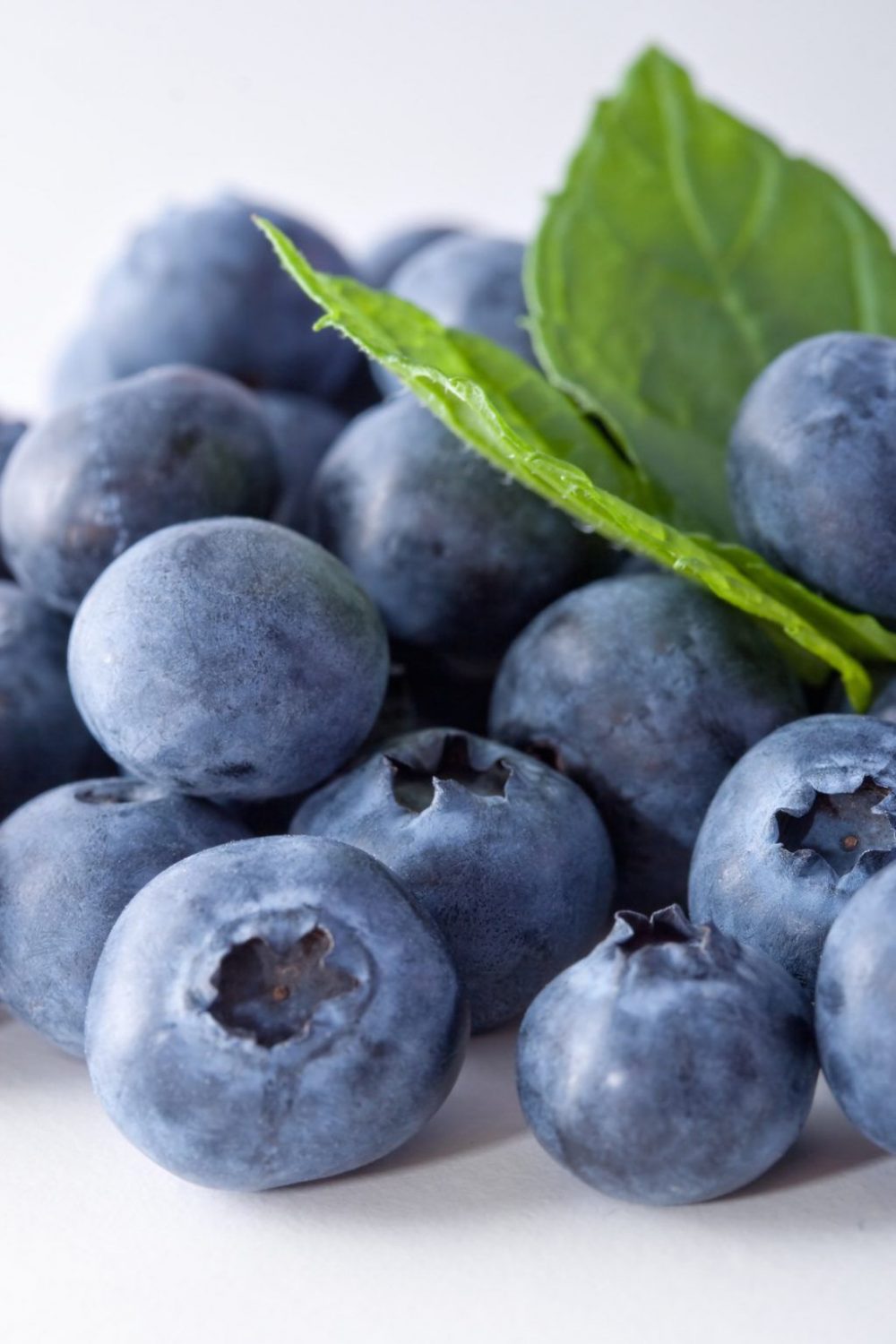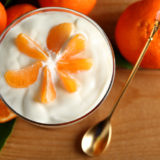

When it comes to colorful foods, hands down the most powerful shade, nutrient wise, is blue.
Blue foods are jam-packed with phytochemicals that offer a myriad of health benefits, including improved memory, neurological health, cardiovascular health and reduced cancer risk. Among the so-called “superfoods,” those that are blue in color are considered the most potent of all.
The three fruits and vegetables listed below are not only delicious and abundant sources of vital nutrients that contribute to overall health, they each provide specialized nutrition that offers health benefits unique to these foods:
- Blueberries – Contain carotenoids (lutein, zeaxanthin), flavonoids (rutin, resveratrol, quercetin) and are literally bursting with high levels of phytonutrients known as anthocyanins and pterostilbenes. This potent stew of nutrients imparts antioxidant powers greater than any other single food – making it the superhero of disease prevention. The nutrients in blueberries have been shown to improve memory and reduce the risk of Alzheimer’s disease, reduce the risk of heart attack and stroke, help prevent and suppress cancer and tumor growth, support healthy vision, improve liver function and promote healthy weight loss.
- Blackberries – Rich in fiber and loaded with Vitamin C, blackberries have been shown to reduce the risk of cardiovascular disease by up to 30 percent.
- Red Beets – Actually considered a blue or purple food, red beets are a unique source of betalains, a phytonutrient that provides system-wide antioxidant, anti-inflammatory and detoxification support. The betanin pigments in this wonderful vegetable have been shown to suppress growth of colon, stomach, nerve, lung, breast, prostate and testicular tumors.
Have you read enough? It should be abundantly clear that eating generous amounts of these blue and purple foods will greatly enhance your health and well-being. Moreover, the extra years of life you get by including these foods in your diet will be vibrant indeed. But getting all the nutrition that these blue foods have to offer can be difficult. These foods are seasonal and, though they may be available fresh in the supermarket year-round; out of season, they are probably deficient in nutrition because they were grown far away, picked before ripe. and shipped over many miles and days, completing the trifecta of lost nutritional value.
The best way to maximize the benefit that you can get from blue food nutrients is to:
- Eat locally grown, fresh foods in season.
- Eat organic, flash frozen blue foods out of season.
- Support your dietary levels of these important foods by using a well-designed anti-oxidant complex.




